
Servito con amore!
Con i nostri cookie, vorremmo offrirti la migliore esperienza di shopping possibile, con tutto ciò che ne consegue. Questo include, ad esempio, offerte adatte, annunci personalizzati e il salvataggio delle preferenze. Se per te va bene, acconsenti semplicemente all'uso dei cookie per preferenze, statistiche e marketing cliccando su 'Va bene!' (show all).
Il consenso può essere revocato in qualsiasi momento tramite le impostazioni dei cookie (qui)
Il consenso può essere revocato in qualsiasi momento tramite le impostazioni dei cookie (qui)


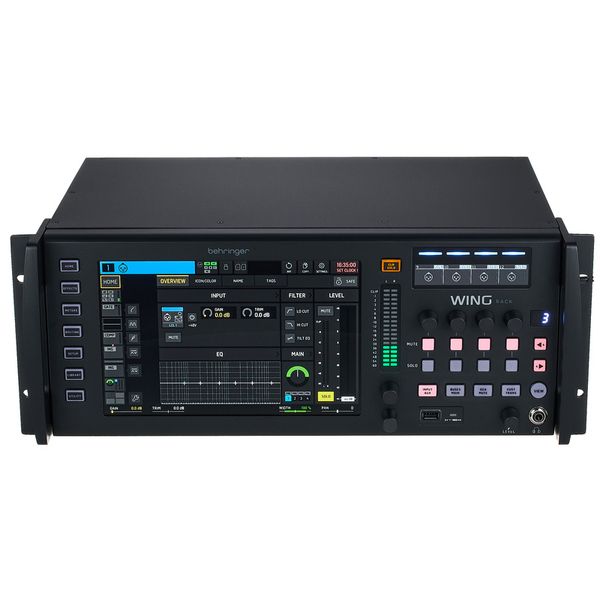
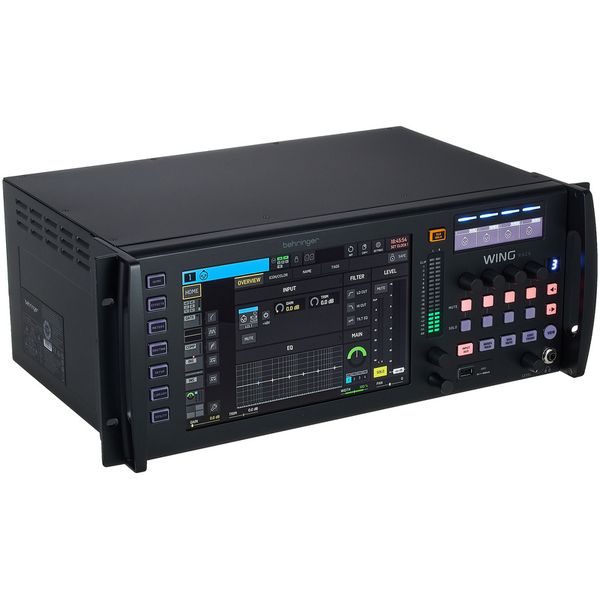
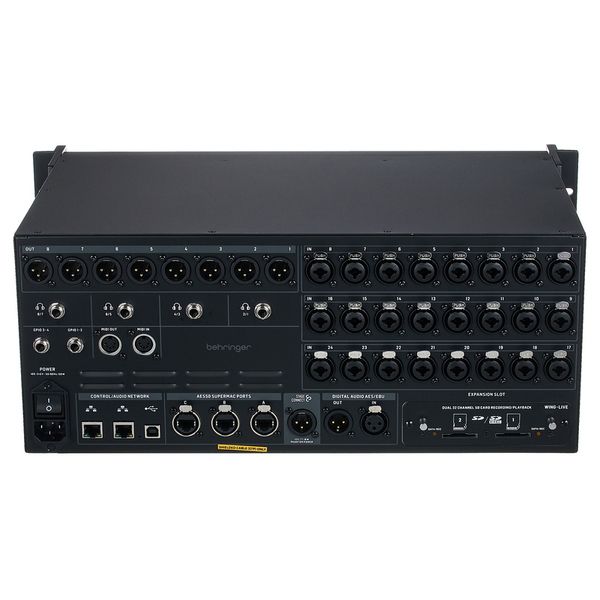
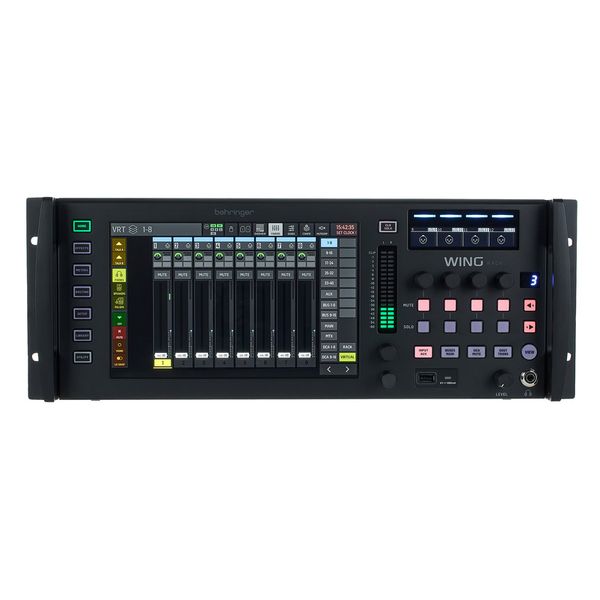
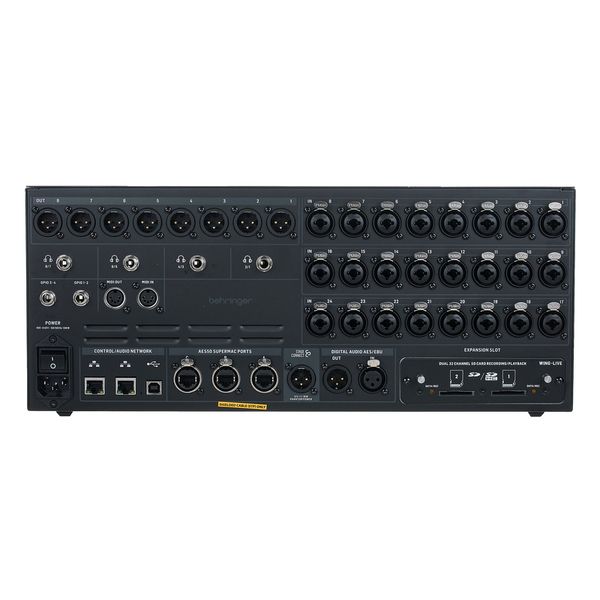
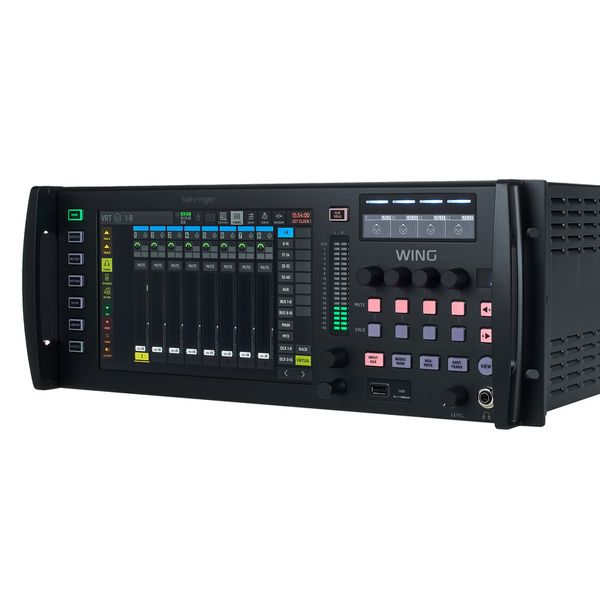

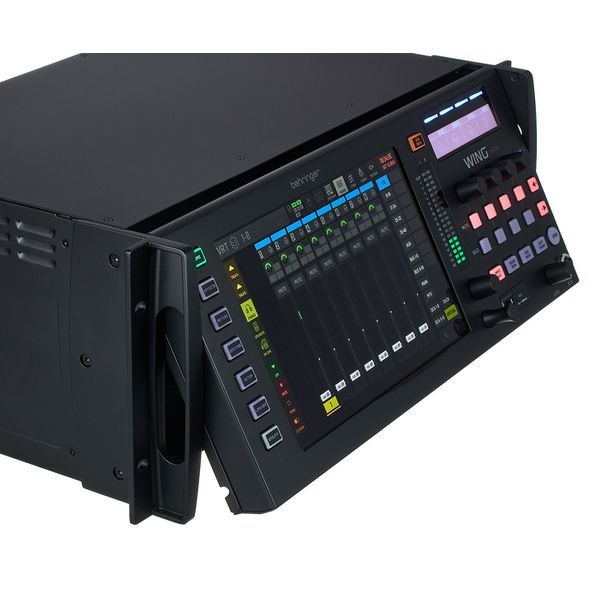
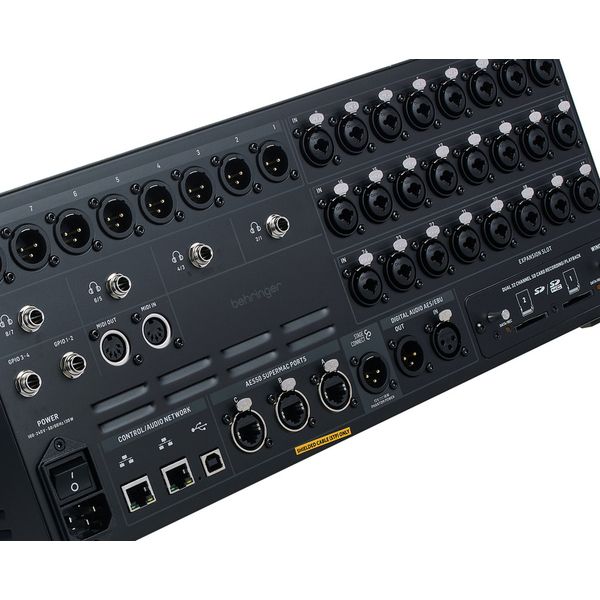
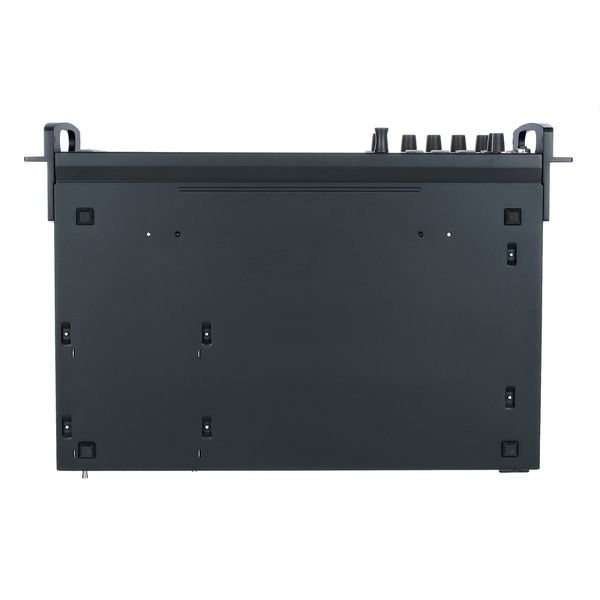
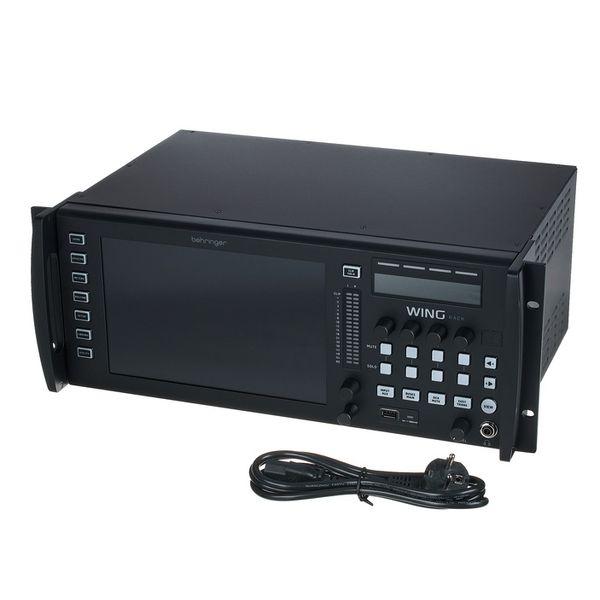
















)
)
)